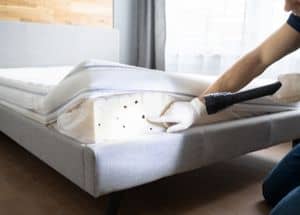How to Get Rid of Ants in RV: Natural vs. Chemical Methods
Anyone who left a city even once risks facing ants in RV. These insects seem to be harmless, yet some spices can be dangerous, biting and spreading diseases. Moreover, they might also be a sign of poor sanitary or an indication of other kinds of pests that can lead to a number of other problems … Read more





